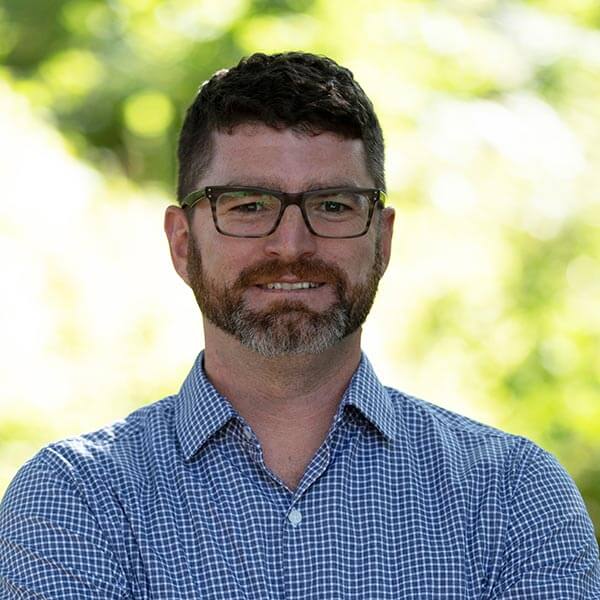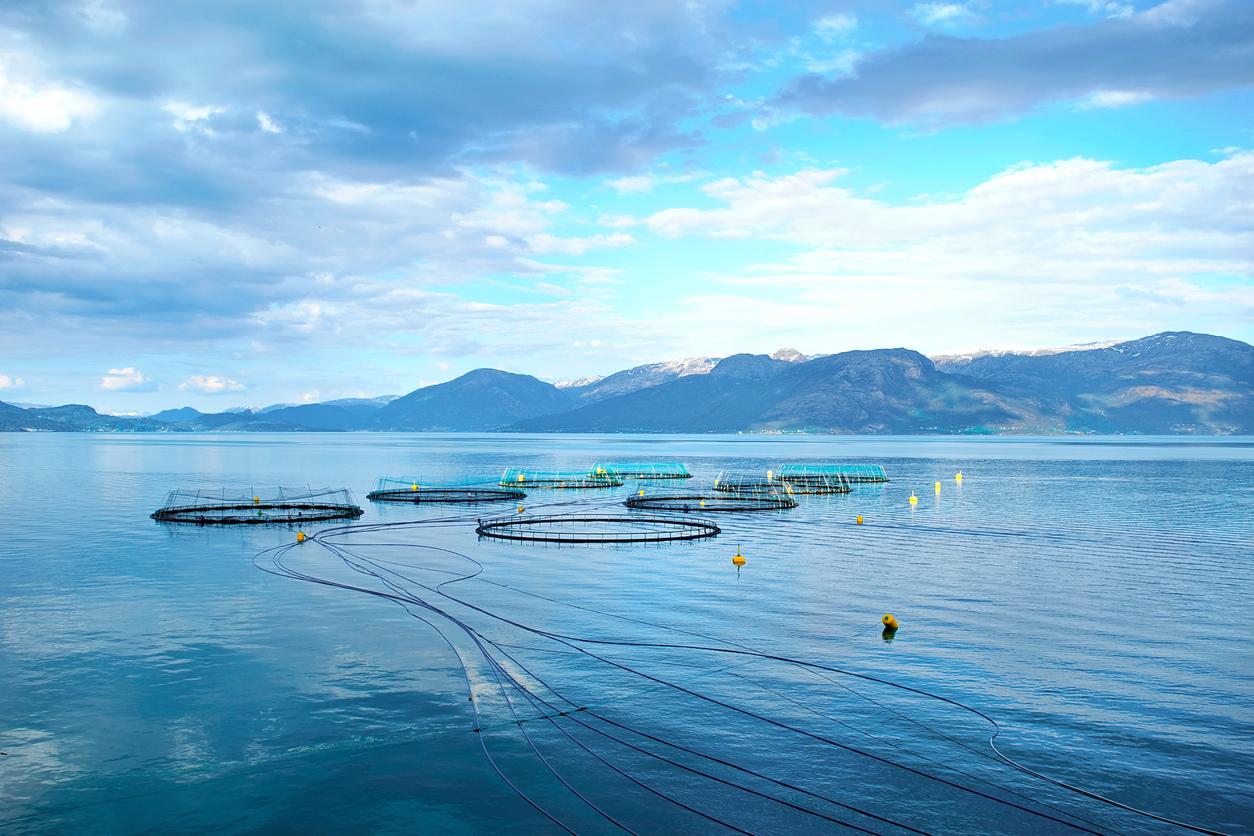Aquaculture plays a pivotal role in feeding the global population, while also providing livelihoods for more than 20 million people—including many small, family-run farms.
As global demand for seafood increases each year, so does the urgency to help the aquaculture industry transition to more sustainably produced and verified seafood, especially as many third-party rating schemes for certifications, ratings, and standards have plateaued.
What is the Partnership Assurance Model (PAM)?
One answer to accelerating sustainable impact in aquaculture is what we call The Partnership Assurance Model (PAM).
Resonance has collaborated with more than 70 cross-sector partners including Seafood Watch, Aqua Spark, and major seafood buyers and companies including Chicken of the Sea, Avanti Frozen Foods, Devi Seafoods, The Cheesecake Factory, and Bon Appetit Management to launch this innovative new approach to scale and verify sustainably sourced, farmed seafood.
PAM encourages and verifies sustainable aquaculture improvements on farms by using an area-based approach to accelerate large scale environmental and social improvement and provide sustainability assurance to major seafood buyers including retailers, restaurant chains, and institutional food services. (This model may also be applied to fisheries and will be tested soon).
PAM was designed to provide a scalable model for sustainable improvement, sourcing, and verification for aquaculture farmers of any size. And it can be adapted to any certification, standard, or ratings program.
4 Foundational Principles of a PAM Initiative
A PAM initiative features four foundational principles which guide planning and implementation, regardless of the region or size of farm.
1. Committed Multi-Stakeholder Collaboration
PAM deploys a collaborative approach for aquaculture improvement and assurance—sharing the costs and the work across supply chain actors and diverse stakeholders.
PAM projects typically include:
- International buyers
- Local processors
- Exporters
- Feed manufactures
- Technology providers
- Local and international NGOs
- Intermediaries and service providers
- Small and large farmers and their families
- Farmers’ organizations and other community members
- Investors
- Local/state/national government departments and/or agencies
- Local and international academic institutions; and
- Local and international scientists.
2. Global Sustainability Goals Localized
Traditional certification and ratings approaches take either a country-wide or a farm-by-farm approach to sustainability assurance. PAM, however, uses an area-based approach, adapting global standards and sustainability goals to the local context.
This meets global buyers and the localized farmers unique needs, while better addressing systemic environmental and social issues that historically have not been addressed using a country-wide or farm-by-farm basis.
3. Credible and Fit-For-Purpose Verification
PAM deploys digital technology to assure the sustainability of aquaculture products, speeding up the verification process for small-scale farmers. PAM initiatives are typically designed to drive a region toward an agreed-upon sustainability goal and associated claim, whether that is a rating, certification, or other standard.
This approach encourages farmers to make the necessary improvements to their practices, and then transparently verify them, often in real-time.
4. Supported Area-Based Improvement
We bring together diverse, interested stakeholders in an area (versus traditional approaches that verify farm-by-farm or country-wide) to co-invest in leveling up and verifying sustainability.
This area-based approach is inclusive of farms at all scales, allowing for a comprehensive sustainability improvement strategy that addresses the special challenges and opportunities in a particular area.
Advancing Sustainably Sourced Aquaculture
We know that the aquaculture industry will be a major player in feeding and employing the world’s growing population. To accelerate sustainable environmental and social impact, while simultaneously meeting all stakeholder needs, requires a system-wide change.
But no one actor can achieve this on their own, and traditional certifications and rating programs won’t get us there either.
PAM is an innovative approach to spur sustainability improvements in the aquaculture industry and provide assurances to buyers that they’re purchasing sustainably sourced farmed seafood. It works partly because we’re finding solutions in collaboration with cross-sector partners, committed to action.
We’re proud to be a part of the PAM initiative and excited to continue working to help it evolve and drive greater impact for all stakeholders in the coming years.




